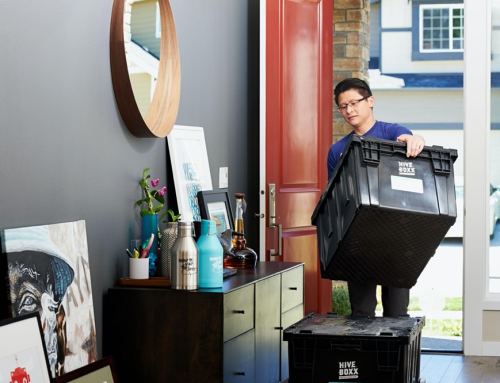
Last week I wrote about avoiding or approaching difficult situations and relationships. I spoke of how we all sometimes avoid challenges by: leaving, going silent, diving into distractions (technology/work/television, etc.) or using drugs and alcohol. This week I want to talk about how to approach the things that scare us.
Fortify first
First, let’s prepare by fortifying ourselves with maximum emotional and physical resilience. We know from past posts and research from Dr. Nadine Burke Harris, that the best buffers from stress and adversity are: caring relationships, adequate sleep, good nutrition, exercise, mindfulness and taking care of our mental health. If we consciously work on maintaining health in those areas, we are much more prepared to approach obstacles.
What if one of those buffers is our challenge? It may be that exercise, for example, is an area of difficulty for us. No problem. We still strive to maintain the other buffering habits. Having good sleep habits, for instance, helps with having energy to get up and go to the gym.
Safe relationships
Now for the actual approach tactics. The first step is to find a safe person we trust. Let them know what we are struggling with and how we want to face it. These important, nourishing relationships are the perfect place to practice. Their care, support and emotional safety, make it OK to make mistakes. They are easy to approach. They encourage us to try new things. They are there for us with a comforting word or hug as we move toward something or someone that makes us feel less safe.

Observe
Next, we need to watch and learn. Perhaps one of our safe, caring people knows how to do what we can’t. Perhaps we know of settings or other people who do what we want to do. For example, if having difficult conversations with our significant other is something we want to stop avoiding and begin approaching, we may start paying attention to our co-worker and her husband. We know they have a secure relationship. We can listen a little more closely as she describes the way they work through their disagreements. Our parents or grandparents may be good couples to learn from too.
Take action
As tempting as it is to stay in observation mode, at some point we have to take action. It is perfectly OK to start small, even very small. That way our chances of actually doing it increase. For example, if we feel our partner has not been doing their share of work around the house, we can start by saying, “Could we set aside some time tonight to connect?” That is the first step. It should be relatively easy and it leads to an opportunity to go deeper. Notice how it does not have any accusatory/instigating words in it? The next action step is a little more effortful (and scary).
If the difficult situation we want to approach involves another human, I suggest starting with connection. Maybe it’s a gentle touch. Maybe it’s a statement that clearly says I value/love/miss you and want to be close to you.
Once you feel connected, bring up what bothers you, starting with how you feel. Focus on the behavior and not the character of the other person. Express your interest in finding a solution you both feel is fair.
If the thing we want to approach is more of a task or situation, I suggest (after looking for a trusted person and observing or learning a little) jumping in. Ask questions. Give it a try. Expect mistakes and imperfection. Give yourself credit for doing it versus giving yourself crap for making mistakes.
Keep doing it
Once we have started taking action, it is important to keep at it. Consistency builds confidence. Approaching that conversation or situation starts to feel normal. If we avoid actions more than approach them, the approaching becomes rare and therefore unfamiliar. Unfamiliarity scares us.
You expect me to teach algebra?
I have had to work in an algebra class at the high school this term. I always liked algebra in school, but this class has a different approach to learning the concepts. It is a highly visual learning strategy using models, tiles, patterns, etc. My brain struggles to comprehend these new methods. I dreaded going to the class because I felt unhelpful and frankly, incompetent. I found myself dawdling on the way to class. I wanted to find a way to get out of working in this classroom. Basically, I wanted to avoid this part of my job.
Must approach
I started to shadow the teachers in the class. They are both amazing women with big smiles and loads of patience (i.e. very safe). I listened as they worked with the students. I asked them questions when I did not understand how to do the problems. I started talking with the kids. I learned their names. I asked if they understood the work. If they didn’t, I asked one of the teachers to help. Eventually, the concepts made sense to me. I could relate them to the formulas I learned when I was a kid. I still feel very challenged in this class but I also feel empowered. I approached something I found difficult and even embarrassing. I survived and feel stronger for it.
What helps you approach something difficult? How do you feel when you face something challenging? What if you let yourself avoid something over and over again?
Photo by Gaelle Marcel on Unsplash
Photo by Priscilla Du Preez on Unsplash
If you would like to learn how to approach and connect on your own time at your own pace, check out my online courses in connection and attachment at brendaknowles.teachable.com or click on the image below.
P.S. An online course could make a romantic and beneficial holiday gift for you and your partner.








Leave a Reply